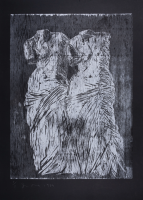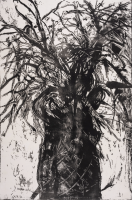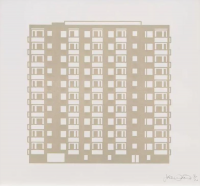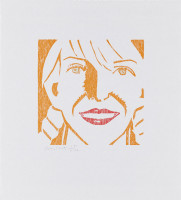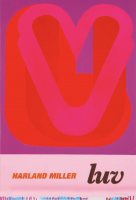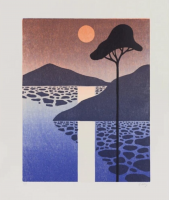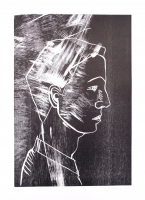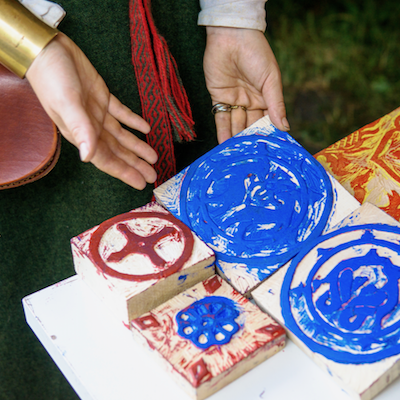
What is a woodcut?
Woodcut is a printing technique where an image is carved into the surface of a woodblock using gouges, with the remaining flat surface holding the ink for printing. The areas cut away by the artist do not carry ink, while the uncut areas do, producing the desired print. The carving follows the wood's grain, unlike wood engraving, where the block is cut across the end-grain. Ink is applied to the surface with a roller, ensuring only the flat, uncarved areas receive ink, leaving the recessed, non-printing areas clean.
Show All
- Show All
- Established
- Discoveries
A,B,C
ARTWORKS RELATED TO WOODCUT
Jim Dine
Left Panel, from The Three Sydney Close Woodcuts, 1983
Limited Edition Print
Woodcut
Inquire For Price
Harland Miller
Hell... It's Only Forever 1 (Large), 2020
Limited Edition Print
Woodcut
Inquire For Price
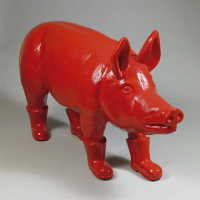
Kitsch is a term used to describe cheap, commercial, sentimental, or vulgar art and objects commonly associated with popular culture. The word is borrowed from German, where it originally means trash. Since the 1920s, kitsch has been used to denote the opposite of high art, often implying that the work lacks sophistication or artistic merit.



